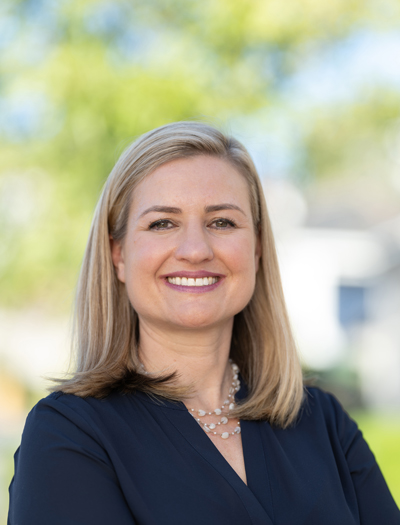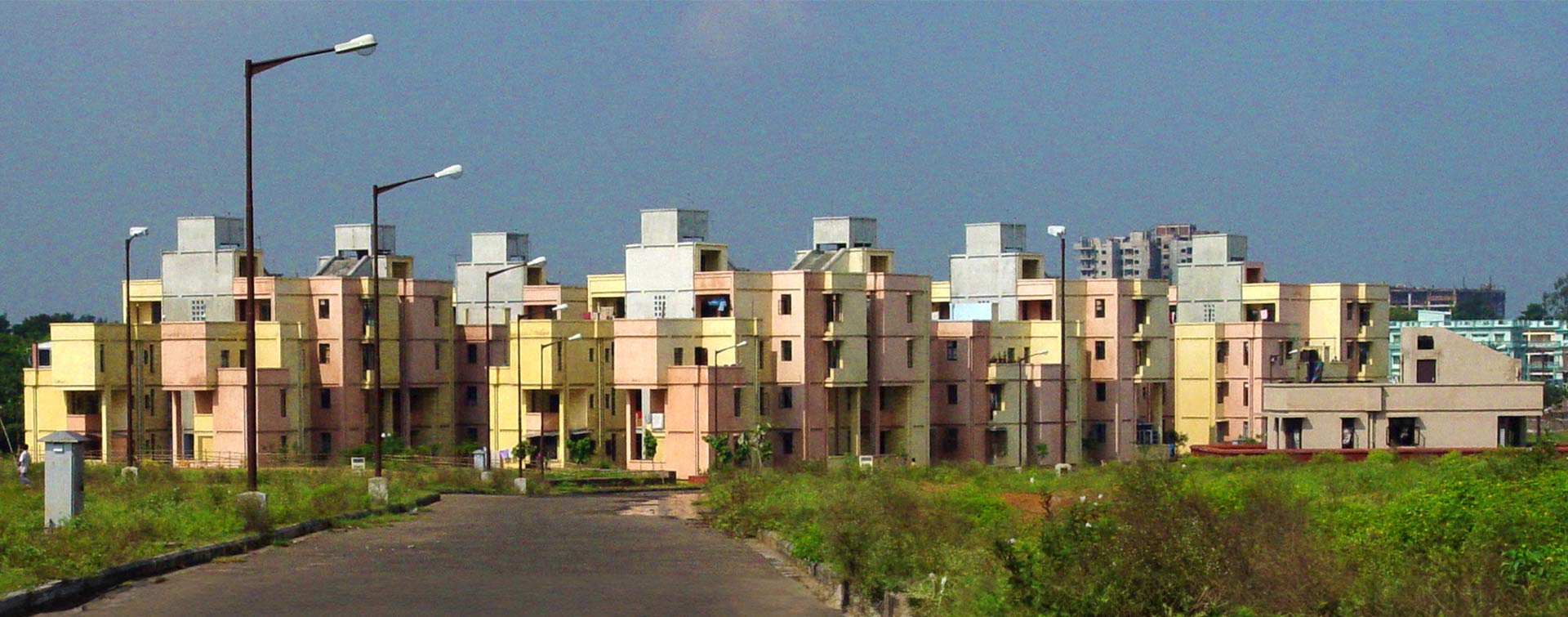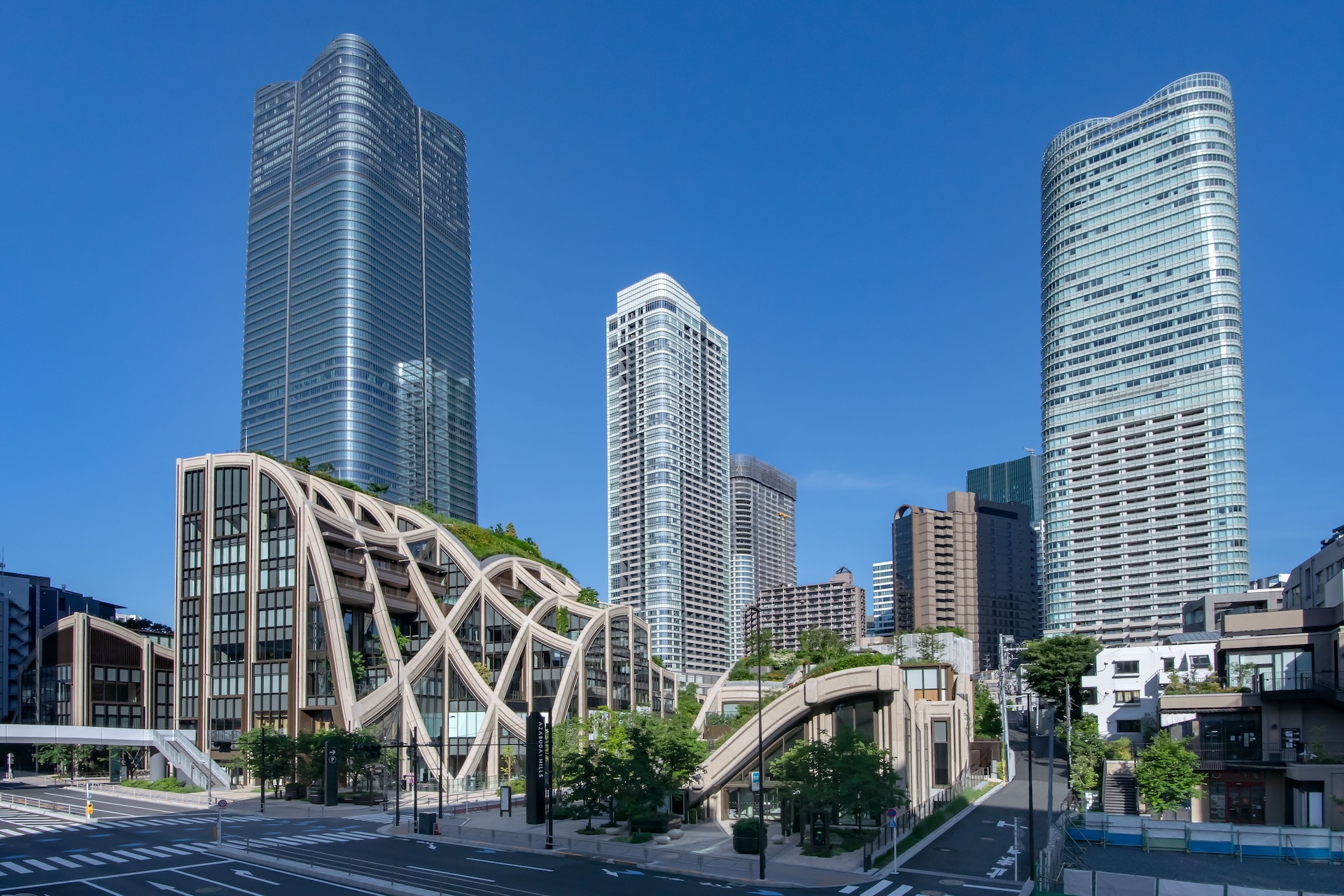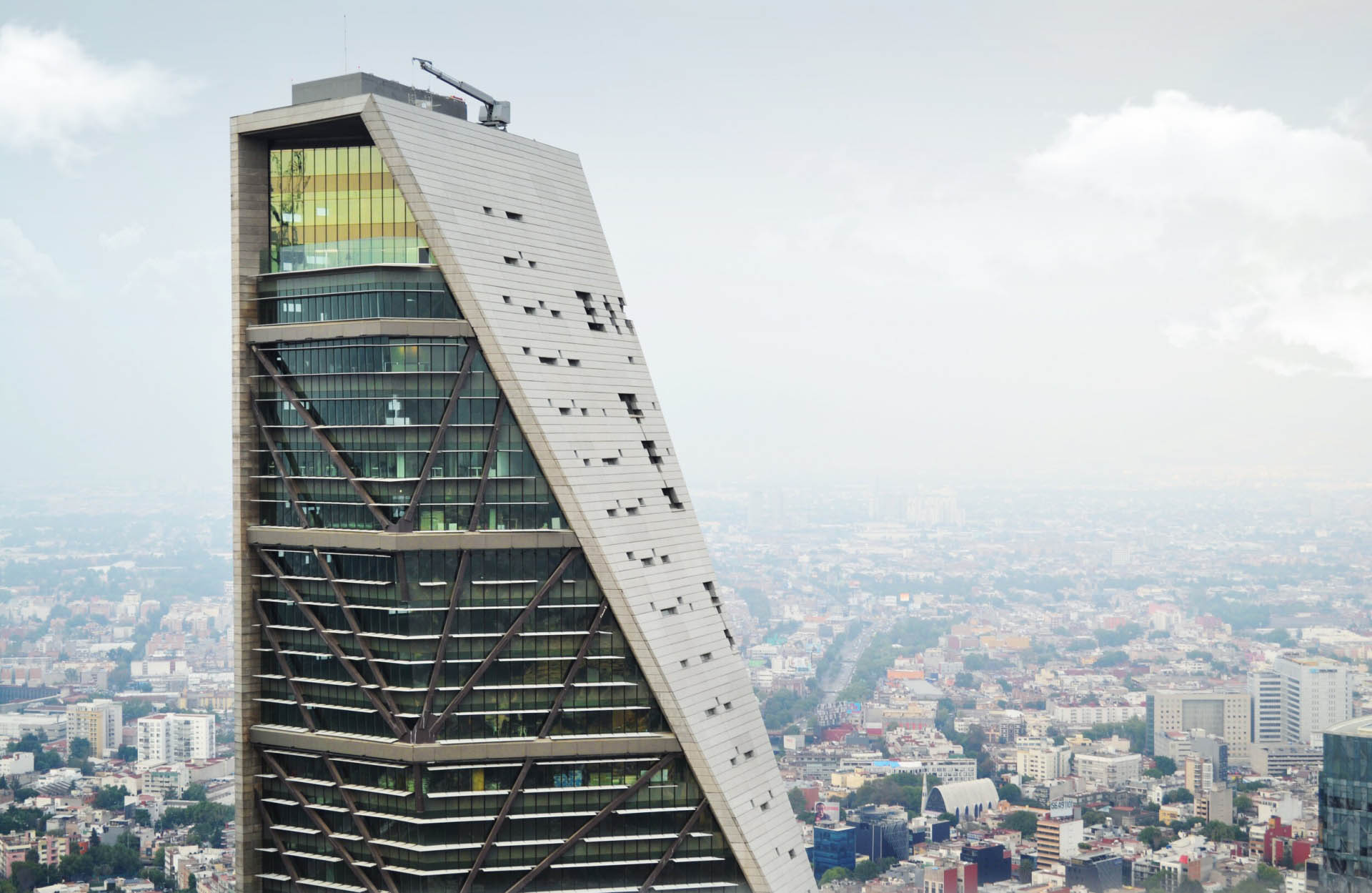 15 min
15 min
1. Despite its reputation for unsustainability, Phoenix ranked 43rd in the SDG Index, out of the 100 most populated US cities. What are your reasons for thinking that Phoenix has the capacity to become a model of adaptation to climate change?
Kate Gallego: Phoenix is home to residents, community organizations, and businesses that identify with the Sonoran Desert environment and want to be part of solutions to protect it. Whether it’s voting to pass our General Plan that included the vision to become the most sustainable desert city on the planet, or taking it upon themselves to conserve water, Phoenix is lucky to have a powerful network of residents and changemakers committed to innovating for a better future. This spirit is part of our legacy. Our city’s first founders were indigenous tribes who innovated in the face of drought, digging canals that made the desert bloom and inventing new tools to thrive in the summer heat that would sustain life here for decades to come. Adaptation is in our blood, and Phoenicians both are always open to trying new things that can make us a more resilient, solutions-oriented city.
2. Phoenix aims at becoming the most sustainable desert city in the United States: to what extent did the heat records of last summer amplify this challenge and what have been the directions taken since?
K.G.: While we are used to hot summers in the “Valley of the Sun,” this past summer certainly felt different, particularly because there was no reprieve during evenings and the long, consecutive stretches of high temperatures. I wouldn’t say that this summer made our goal more challenging to achieve, it rather highlighted the urgency and validity behind it, and showed that our work toward it is more critical than ever before. That means we need to accelerate our plans to reduce emissions worldwide – not only in Phoenix – as well as to treat extreme heat like the global emergency that it is. I’ve encouraged the Biden Administration to add extreme heat to the Federal Emergency Management Administration’s (FEMA) list of eligible declared disasters, so that communities can unlock federal resources to save lives much like many east coast cities have benefitted from during hurricanes or major winter storms.
Looking ahead to next summerWe’ve already begun preparing for the upcoming summer, investing in indoor solutions to bring folks inside, as well as encouraging residents to take advantage of government programs that help families weatherize their homes, lower their electricity bills, and reduce pressure on our electric grid. We continue the work of planting more trees in high traffic areas, installing shade structures, and reducing the urban heat island effect through tools like cool pavement, a light-colored coating for streets that allows them to cool more quickly at night.
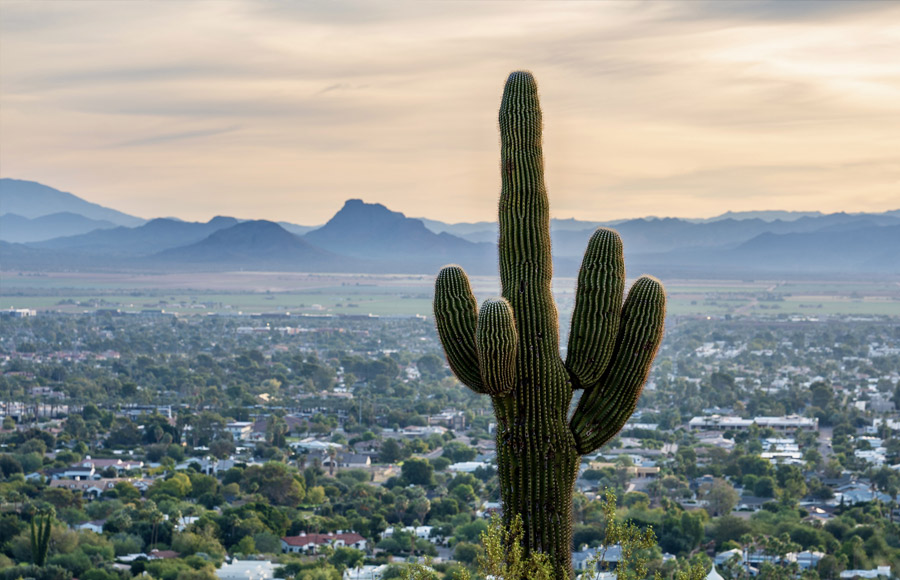
3. In 2021, you created the first Heat Response and Mitigation Office. What lessons have you learned from this “one-stop shop” that includes both emergency measures and long-term commitments?
K.G.: In government, people are policy. Where you decide to allocate staff has a huge impact on what kind of results you get and what level of priority an issue is given. For heat, it became apparent that we were facing a governance gap. It wasn’t clear who was responsible for heat. Though many departments were involved in heat relief planning, including emergency management, planning and development, human services, and more, accountability didn’t live in any one department, and staff were often asked to work on heat issues on top of other priorities. We wanted a permanent office to ensure full-time focus on heat and to serve as an organizer of ideas we receive from residents and city employees. The Office of Heat Response and Mitigation works cross-departmentally and with external partners to bring those ideas to scale and takes ownership over follow-through. While extreme heat is a serious issue that will take an all-hands-on-deck approach, the creation of this office was crucial in operationally solidifying this priority.
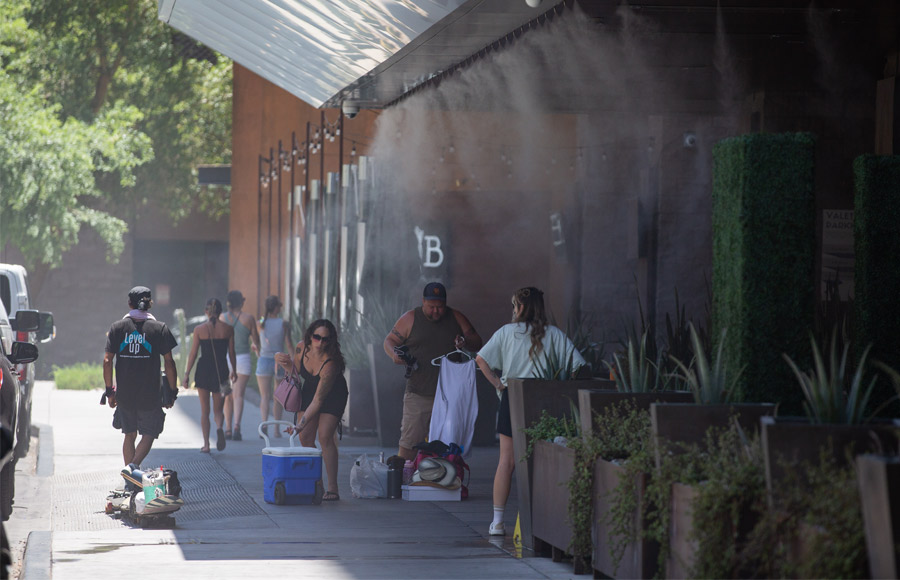
4. Can you tell us about the current or future projects in Phoenix that aim to promote sustainability and energy efficiency, specifically the “Sustainable Desert Development Guidelines” that were unanimously adopted by the municipality in 2023?
K.G.: While Phoenix has an incredible legacy of wise water stewardship, we needed to do more to meet the parallel challenges of long-term aridification and continued growth. The Sustainable Desert Development Guidelines were adopted in 2023 as the beginning of a process to further integrate water conservation into the development process for our growing city. In 2024, these will be translated into text amendments that will apply to all new developments. The guidelines include a framework that can be applied in the planning process as city staff work with new residential developments, as well as to large water users including manufacturing facilities, to reduce their estimated water consumption. This framework includes conservation stipulations to reduce ornamental grass, encourage native vegetation and efficient irrigation, use of the most efficient cooling technologies, restrictions on pool sizes, and, for residential developments, adherence to EPA Water Sense or equivalent criteria for indoor water efficiency.
A model to followThe stipulations were based on a framework derived from the City’s work with the Verdin development, a residential neighborhood that embraced water conservation measures and demonstrated that water conservation can go together with a beautiful site. Collectively, the homes in Verdin will use 55 million fewer gallons of water every year than a standard subdivision. Verdin’s preservation of natural desert landscaping will save nearly 80 million gallons of water per year.
5. Urban development is a major cause of urban heat island effect. What technical solutions are currently being used in construction to combat extreme heat? In other words, what are the new building codes and how can the design of the city’s buildings be further improved, as Phoenix moves towards a climate equivalent to parts of the Arabian Peninsula?
K.G.: Phoenix is a relatively new city compared to many of our counterparts, so we have the benefit that we are still building out and can plan for a more sustainable city. Even so, Phoenix had its first boom in the age of the car, and we are now working to develop a comprehensive public transit system to include bus and light rail along with pedestrian and bike infrastructure. We’ve made investments to triple the light rail system, and this growth is informed by the Walkable Urban Code, which includes a mandate for 75% shade cover over sidewalks. Market forces are aligning to help us create a more dynamic urban core: we are seeing about a 30% decline in single-family permits and about a 30 percent increase in multifamily permits. My economic development priorities have included a focus on bringing jobs and amenities closer to where people live. We’ve examined transportation patterns and are intentionally locating new companies to cut down on single-occupancy vehicle traffic, in turn reducing future demand for heat-trapping, polluting highways and roads.
More efficient windowsAcross Phoenix, you can see the use of dynamic, uniquely Southwestern architecture – for example, we reduce the impact of sun exposure on southern and western facing walls and windows by orienting windows to the north and east. We are also using new technology for our windows – which can be seen at the airport and at our central library –, automatic shade sails and electrochromic glazing that improve energy efficiency.
We are continuously exploring new building materials and cooling mechanisms, including deploying Cool Pavement for our streets and heat-mitigating paint for roofs. The previously mentioned Office of Heat Response and Mitigation is also charged with developing and piloting of strategies to design for our desert context. In the long-term, we must re-imagine our built environment for resilience in an increasingly extreme desert environment, an imperative for us locally, but relevant for a global community that will need to learn to live in a hotter climate.
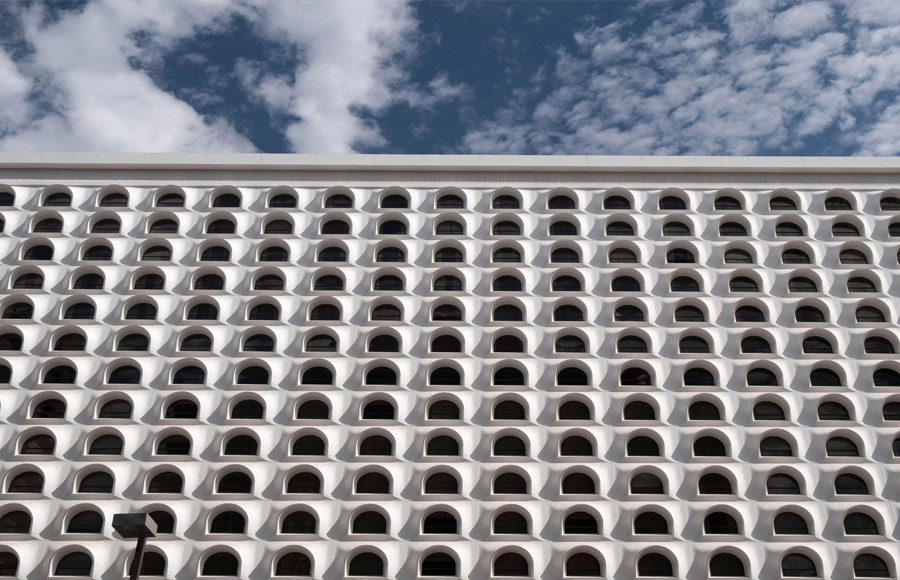
6. Known as the Valley of the Sun, the Phoenix metropolitan area benefits from an exceptional level of sunshine: what are your levers to initiate a massive transition of public infrastructure to solar energy, as the city has committed to by 2030?
K.G.: Phoenix has more solar energy per capita than any other big city, earning us a spot among Environment America’s Solar Superstars. To remain in the lead, we have simplified how we review simple solar projects. We started using Solar App, which allows residents with straightforward plans to go through the solar review process electronically, in turn freeing up city staff to review more complex plans. As a result, our pool of contractors has grown from 6 to more than 50. And because the app let city staff better focus their time, we slashed the review time for residential solar applications in half.
Our voters recently passed a General Obligation Bond that will allow us to invest in solar energy. The timing for the bond was wonderful, since we are also in the midst of receiving incentives in the Inflation Reduction Act (IRA). This legislation provides direct assistance to the city and to residents who want to go solar. It’s my goal to make Phoenix one of the success stories of the IRA, and we are prioritizing projects that have the most direct impact on reducing residents’ energy bills — for example, installing solar shade canopies at public housing facilities.
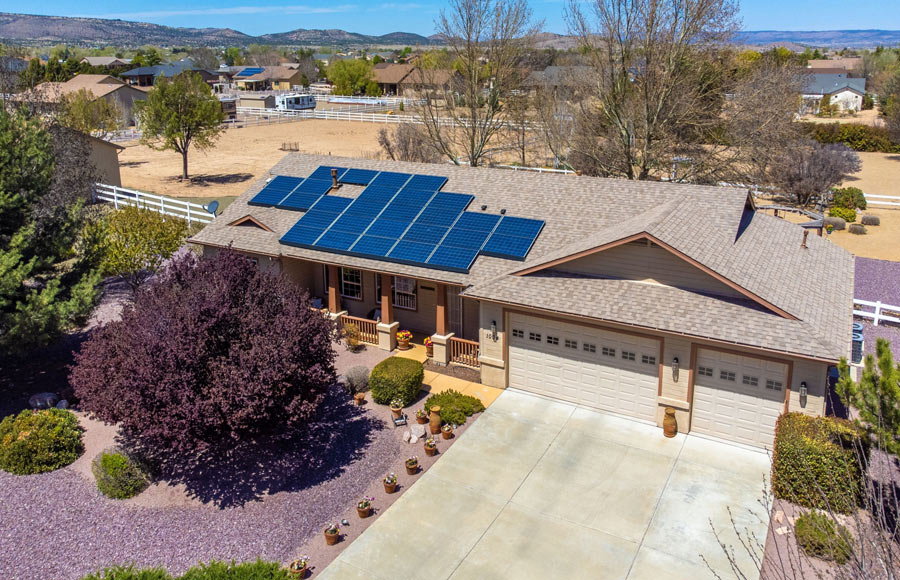
7. Given its location in an arid area, how does Phoenix manage its water resources? How does the city plan to innovate in this realm?
K.G.: Phoenix has a long history of careful management of our water resources, and we’ve developed a diverse array of sources to avoid being overly dependent on only one source. While this has given us a strong, resilient foundation, prolonged drought in the West and the overallocation of the Colorado River has demanded creativity and resourcefulness. These endeavors are a point of pride for us. Phoenix has reduced its per capita water use by 30 percent over the last 30 years, even with an increase in population of over 400,000 people. In the 1970s, over 80 percent of Phoenix residential properties were landscaped with majority turf, today that number is less than 10 percent. So, we are real leaders on doing more with less, and we aren’t done yet.
2023 was a big year for water solutions. In the spring, I announced our ambitious plan to build an Advanced Water Purification Facility in Phoenix, which will recycle 60 million gallons of drinking water per day by the end of the decade. Along with the Sustainable Desert Development Guidelines that I mentioned earlier, we are also rolling out programs to make it easier for residents to make immediate changes to save water. These programs incentivize replacing older toilets and appliances, installing smart irrigation sensors to reduce overwatering, and, in early 2024, we’ll introduce rebates for swapping ornamental grass for native xeriscaping. We also continue seeking out innovative solutions to everyday water waste.
A promising public-private partnershipsPhoenix joined forces with non-profits and industry to launch a water leak detection pilot program at one of our city-owned affordable housing communities. This public-private partnership is utilizing cutting edge technology to detect and stop toilet leaks that are notorious for wasting water, while saving taxpayers money in the long run. I’m proud that the city is actively engaged in discussions with more private sector partners to find other ways we can work together on our collective water conservation goals.
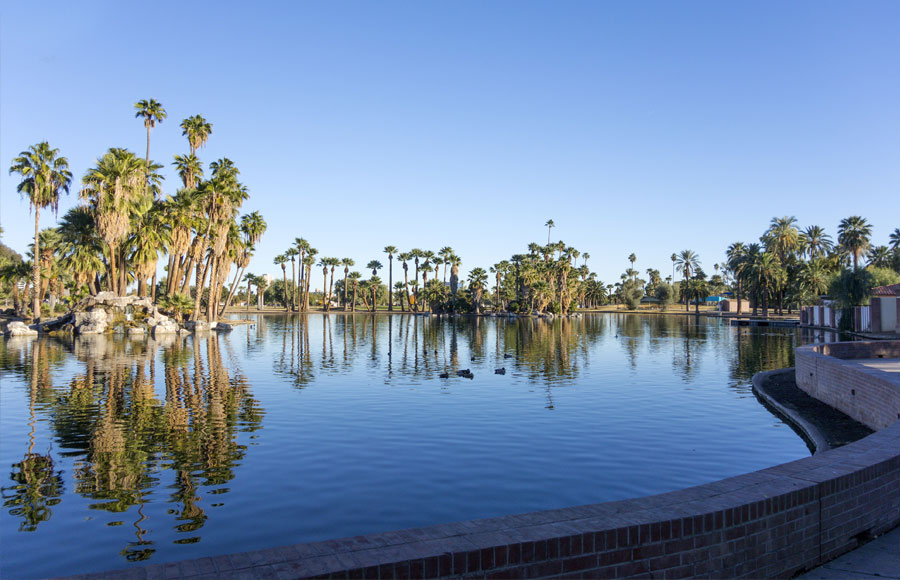
8. What solutions does the city offer to support and protect specifically the most vulnerable populations and keep their lives more comfortable during the summer months?
K.G.: We deploy a variety of tools for every population in Phoenix. On any given summer day, our Office of Homeless Solutions and our Office of Heat Response and Mitigation are conducting outreach, providing cooling tools, water bottles, pop up shade, and even utilizing “cooling busses” to give folks respite from the heat. They also spend a lot of time educating locals and visitors about the dangers of hiking in peak hours of summer. This past summer, we piloted a downtown Heat Relief station in collaboration with the Office of Homeless Solutions, Downtown Phoenix Inc., Community Bridges Inc., and the Phoenix Fire Department. Over four hours, more than 100 people received cooling supplies and information, and six engagements led to shelter placements for unhoused individuals. And, of course, we are working with urgency to bring permanent, indoor solutions online. My biggest priority for next summer is getting people inside and preventing heat-related illnesses.
9. How do you collect and manage the expectations of Phoenix citizens in the fight against global warming? Apart from the Heat Response and Mitigation Office, are there other instances to share and meet?
K.G.: We are fortunate that Phoenix citizens are well-attuned to the realities of climate change. Since I was first elected to public office nearly a decade ago, I have seen a significant shift in the way people are thinking about climate issues. Public polling has reflected that most people believe climate change is a serious issue that affects their communities, and recent polling from a city council race ranked water as the number one issue of concern. I ran on a platform that emphasized sustainability, and I feel that Phoenix voters continuously empower and expect leadership on climate issues. I am proud that Phoenix is a future-forward city where our most ambitious goals, plans, and policy ideas come directly from resident involvement. We regularly work with our public Boards and Commissions, as well as from the residents at City Council meetings, public hearings across the city, library events, neighborhood association gatherings, and via mail and digital methods.
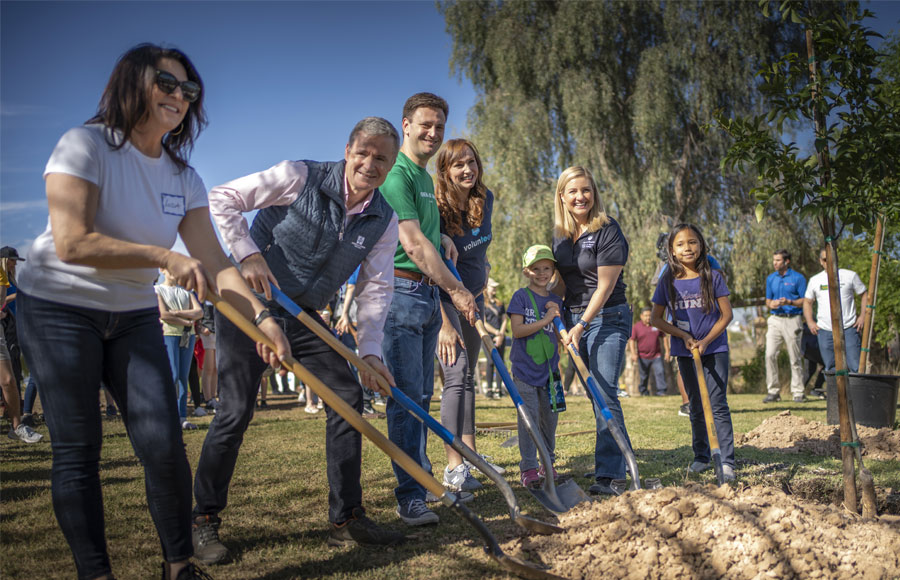
10. As a member of the global network of C40 Cities mayors, the global network of mayors united in action to tackle the climate crisis, what dynamics can you observe in the development of more sustainable cities? How do you work with your counterparts, federal agencies and counties, to fight climate change and share best practices?
K.G.: There is real global buy-in and political will to tackle climate change and its adverse effects –particularly on our most vulnerable. C40 has been a central champion in ensuring that the voices of cities are included at the highest levels of climate negotiations. For the first time this year, cities were formally included as parties to COP28. In the United States, we are lucky to have a strong relationship with the Biden administration, which has provided countless opportunities to inform the development and implementation of landmark bills like the Infrastructure Investment and Jobs Act and the Inflation Reduction Act.
When I talk to other mayors, we share a lot of similar concerns, and extreme heat and unhealthy air quality are chief among them. We all want to build cities and spaces where families can thrive and live long, healthy lives. Climate change is threatening those goals, certainly. But we are optimistic, because we know that the work to advance our goals is happening at companies, community-based organizations, and in neighborhoods around the globe. This network of mayors and global leaders has made an enormous difference in how I approach local challenges and share expertise.
Photo credits: © Bill Moree ©Art Wager ©Mitchell Hanson ©Caitlin O’Hara/Bloomberg/Getty Images ©Timothy Swope / Alamy ©Allison J. Hahn ©You Touch Pix of EuToch





